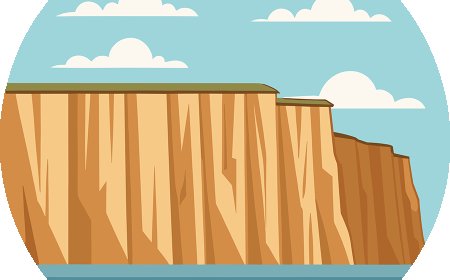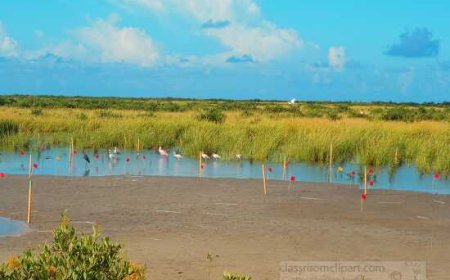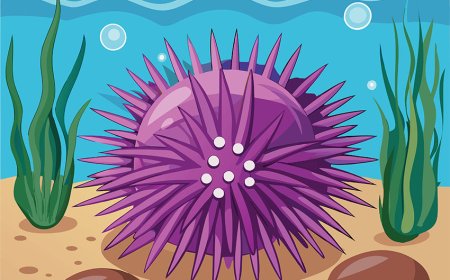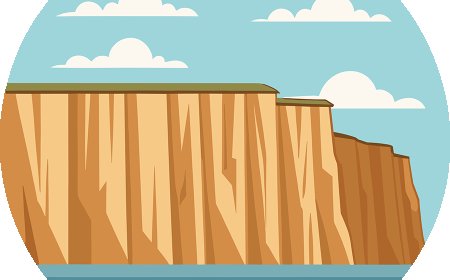Grasslands for Kids: Fun Facts, Types, and Why They Matter
Discover grasslands in this kid-friendly guide. Learn about prairies and savannas, the animals that live there, and why grasslands are important to life on Earth
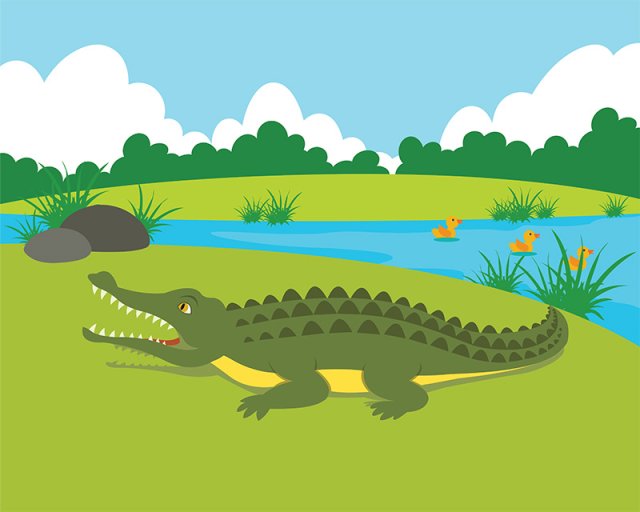
🌾🦓 Grasslands: The Wide Open Spaces of the Earth
🌼 Introduction
Grasslands are huge areas covered mostly by grasses instead of trees. These open spaces can be found on every continent except Antarctica. Grasslands are home to some of the world’s most famous animals, like elephants, zebras, bison, and kangaroos. They also help produce food for people and are important to the health of our planet.
In this article, you’ll learn where grasslands are, what grows and lives there, and why they are so important.
🧬 What Is a Grassland?
A grassland is a biome where the main plants are grasses and wildflowers. Trees and shrubs are rare because grasslands don’t get enough rain to support forests.
Main Features:
Wide, open areas.
Rich soil great for farming.
Seasonal rainfall.
Frequent fires that help keep trees from taking over.
🌍 Types of Grasslands
There are two main kinds of grasslands:
Temperate Grasslands
Found in regions with warm summers and cold winters.
Known as prairies (North America), steppes (Asia), pampas (South America), and velds (South Africa).
Tropical Grasslands
Found near the Equator.
Known as savannas, which have scattered trees.
Famous savannas include the Serengeti in Africa.
🌿 Plants of Grasslands
Grasslands have plants adapted to survive droughts and fires.
Common grassland plants include:
Tall grasses like bluestem and ryegrass.
Short grasses like buffalo grass.
Wildflowers like sunflowers and clover.
Scattered trees in savannas, such as acacia and baobab.
Grass roots grow deep into the soil to find water and prevent erosion.
🦓 Animals of Grasslands
Grasslands are home to many grazing animals and predators.
|
Tropical Grasslands (Savannas):
|
Birds and Insects:
|
Many animals migrate or hibernate to survive dry seasons.
🌦️ Climate of Grasslands
Grasslands have seasonal climates:
Temperate Grasslands:
Hot summers and cold winters.
Rain falls mainly in spring and summer.
Tropical Grasslands (Savannas):
Warm all year.
Have wet and dry seasons.
🌍 Why Are Grasslands Important?
Grasslands are sometimes called “the breadbaskets of the world” because they:
Produce grains like wheat, corn, and rice.
Provide homes for thousands of animal species.
Store carbon in soil, helping slow climate change.
Prevent soil erosion with their deep roots.
Support grazing animals that people depend on.
🛑 Threats to Grasslands
Grasslands are disappearing because of:
Overgrazing by too many farm animals.
Farming that removes native plants.
Climate change, causing droughts and fires.
Development, turning grasslands into cities.
Over half of all grasslands have been lost in the past 200 years.
🌱 How Can We Help?
We can protect grasslands by:
Using sustainable farming and grazing practices.
Planting native grasses and wildflowers.
Reducing pollution and waste.
Supporting parks and conservation areas.
✨ Interesting Facts About Grasslands
- Grasslands cover about 25% of Earth’s land.
- The American bison once roamed in herds of millions.
- Savannas are home to the world’s fastest animal—the cheetah.
- Prairie dogs create burrows that help other animals survive.
- Grasslands store huge amounts of carbon underground.
- Some grassland fires are natural and help new plants grow.
- The largest grassland is the Eurasian Steppe.
📝 Kid-Friendly Summary
Grasslands are large open areas with lots of grass and very few trees. They are home to animals like bison, zebras, and elephants. Grasslands help people by providing food and keeping the soil healthy. But they are disappearing because of farming and building. We can help protect them by caring for the land and learning about why grasslands matter.
🧠 Vocabulary Words
Grassland An open area where grass is the main plant.
Prairie A temperate grassland in North America.
Savanna A tropical grassland with scattered trees.
Erosion When soil gets worn away by wind or water.
Grazing When animals eat grass.
Biome A large region with certain plants and animals.
Drought A long time without rain.
Migration Moving to a different place seasonally.
Carbon Storage Holding carbon in plants and soil to slow climate change.
Sustainable Using resources in a way that doesn’t harm the future.


















































